|

Reading and writing research papers in engineering significantly differs from other fields. Engineering research focuses on solving real-world problems and driving technological innovation. Therefore, engineering research papers require a unique approach in terms of language, structure, and reading techniques. In this post, we will explore how engineering research papers differ from those in other fields and delve into the methods of reading and writing them effectively.
Characteristics of Engineering Research Papers
1. Terminology and Technical Language Engineering fields like electrical engineering, mechanical engineering, and chemical engineering use specialized terms and technical language that can be challenging to understand without proper education or background knowledge.
2. Importance of Figures and Diagrams Engineering research often uses figures and diagrams to explain complex engineering principles and concepts. These visual aids are crucial for understanding the presented data and findings.
3. Significance of Experiments and Results Unlike research papers in other fields, engineering research focuses on finding practical solutions to real-world problems through experiments and data analysis. The results derived from these experiments are central to the research.
4. Industrial and Field Applications Engineering research frequently provides a clear vision of its applicability in industry and field settings, showcasing how theoretical findings can be translated into practical solutions.
5. Collaboration and Teamwork Understanding the collaborative nature of engineering research is essential. These papers often reflect the contributions of teams from various specialized fields, highlighting the interdisciplinary nature of the work.
6. Technological Trends and Innovations The engineering field evolves rapidly, so staying updated with the latest technological trends and innovations is crucial when reading research papers in this domain.
Formats for Engineering Research Papers
1. IMRaD Format
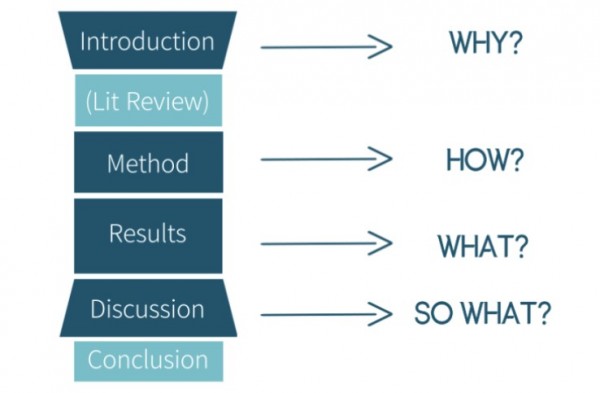
The IMRaD format is common in engineering, organizing papers into introduction, methods, results, and discussion sections. This structure helps maintain clarity and allows readers to easily locate information.
2. IEEE Format

The IEEE format is standard in electrical and electronics engineering, especially in computer science and communication fields. It includes elements like the title, abstract, keywords, introduction, body, conclusion, and references.
3. ASME Format
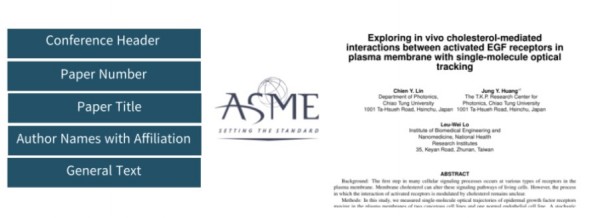
ASME format is widely used in mechanical engineering. It divides the paper into introduction, research methods, results, discussion, conclusion, figures and tables, and references.
4. ACM Format
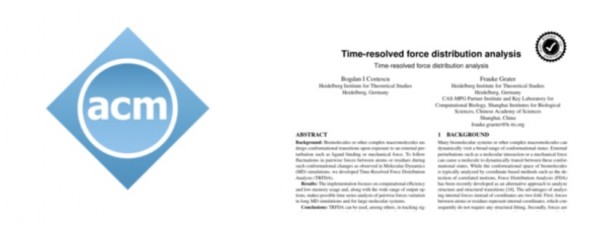
The ACM format is used in computer science and information technology, consisting of the title, abstract, keywords, introduction, related research, research methods, results, conclusion, and references.
5. APA Format
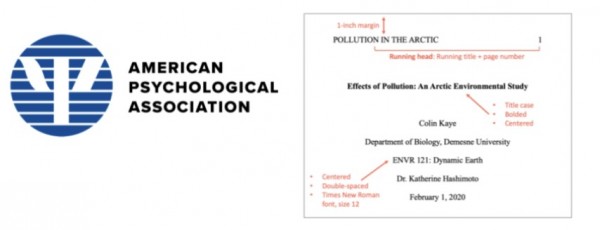
In some engineering fields with a social science emphasis, the APA format may be applied, providing guidelines on the paper’s structure and citation style.
6. ISO 7144 Format
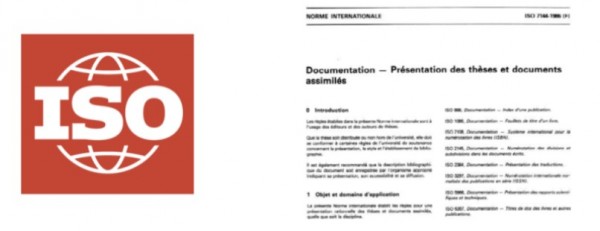
ISO 7144 is a standard format in engineering and technology, including the title, abstract, introduction, body, conclusion, and references.
Essentials for Writing Engineering Research Papers
1. Record Keeping Always record your experiments to prevent forgetfulness. Documenting each experiment, including failures, helps avoid repeated mistakes and improves the research quality.
2. Writing Specifically Use a logical and persuasive message structure to enhance the paper’s credibility. Support opinions with reasons, evidence, and examples.
3. Utilizing Relevant References References should be recent, preferably not older than five years. Citing outdated references can diminish the paper's quality and reliability.
4. Questions to Answer When Reading Papers - What motivated the research? - What solutions are proposed? - How does the research team evaluate the proposed solution? - What is the analysis of the problem, idea, and evaluation? - What are the contributions of the paper? - What are the future directions of this research? - What questions remain unanswered? - What is the key message from this paper?
5. Note-Taking Tips - Use a highlighter to emphasize important comments. - Mark significant paragraphs according to motivation/problem, idea/solution, evaluation, and contribution. - Write key questions on the front or last page of the paper. - Try to answer the questions independently. |
 Click here to book
Click here to book